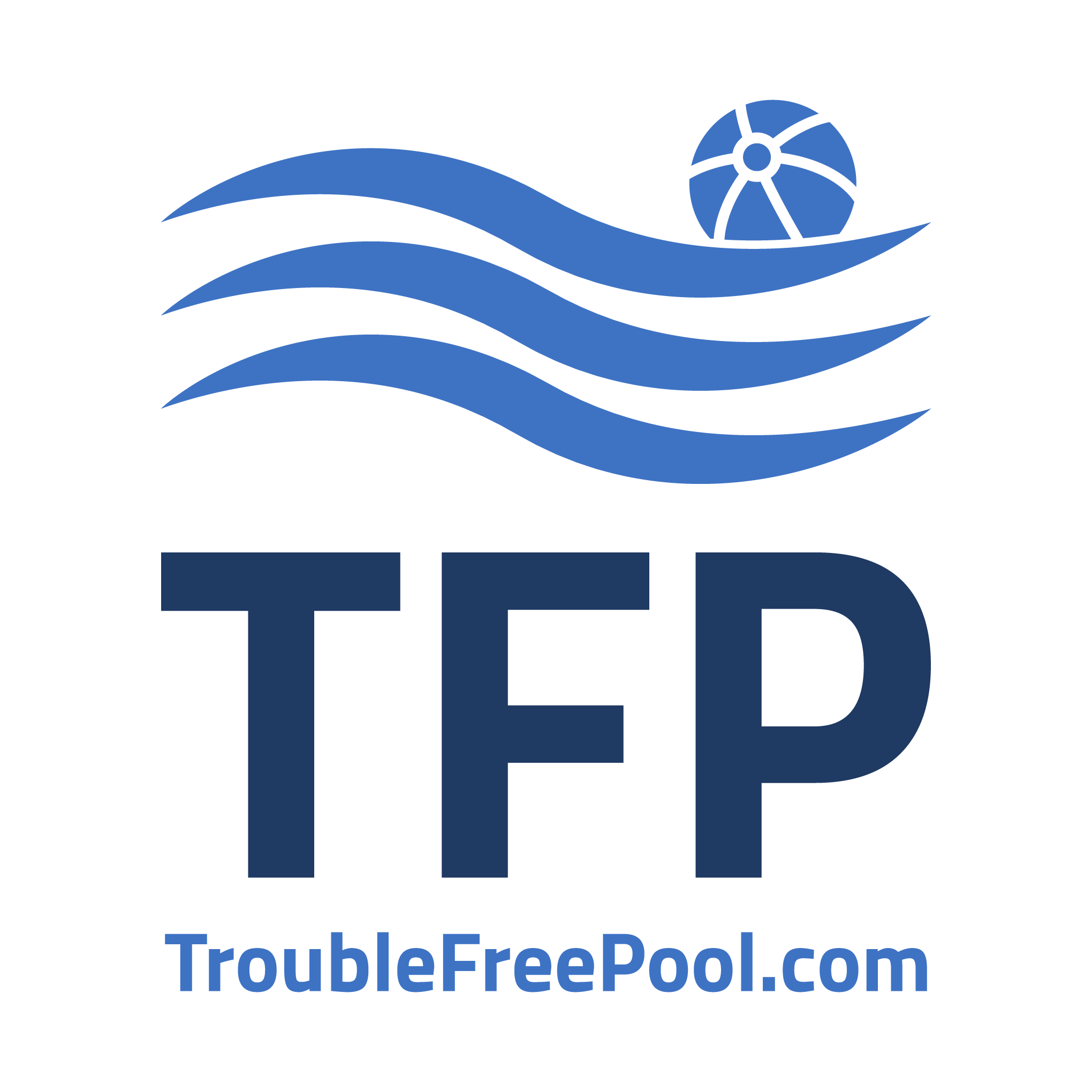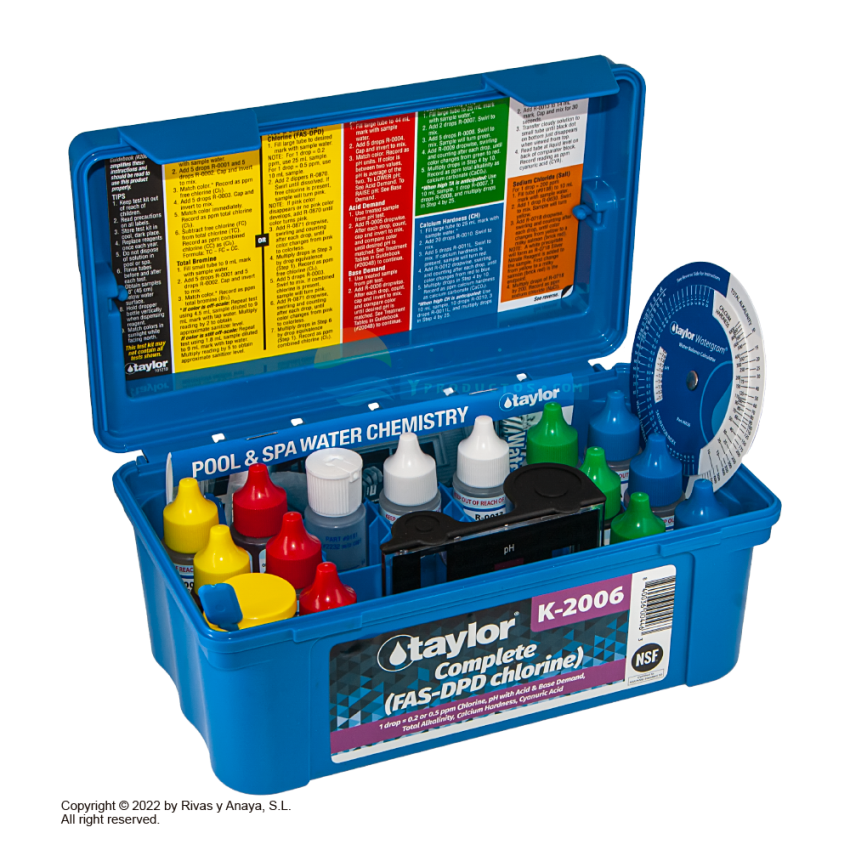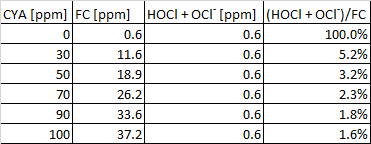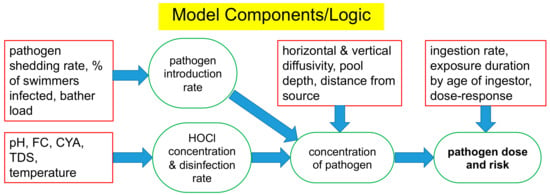Since Covid-19, residential pools became quite common in Germany... ;-)
I must correct my previous answer, there is no ban of CYA in Germany... but as most of the pool ownser use organic chloride tabletts, there seems to be no demand for CYA. After a little more Googling, I've found two products under the name "Chlorine Stabilizer"... like
Stabilochloran, which contains Isocyanur-Acid.
There is a ban in Germany of selling Calcium Hypo Chloride to private customers, but one can easily buy it on french online stores, they legally deliver also to Germany (EU regulations breaking Country regulations is sometimes annoying and sometimes very funny).
Here in Germany, none of the companies, who sell pools, do give you an introduction to pool chemistry beyond putting some Trichloride tablets into the water for desinfection.
But, on the other side, we have really cool water analyzers... like these here:
Photolab, and they are not really expensive (200€).
We also have forums for pool maintenance (most common:
poolpowershop-forum ), but they are "far away" from the scientific basis of TFP).
They always give you some advice about chemistry levels, but they totally ignore the dependencies of the levels.
Normal recommendations is:
PH between 7.2 to 7.4
TA between 80 to 120
Chlorine sometimes 1, sometimes 3
Normally no recommendations for Calcium Hardness
And never any really good explanation how these levels depend on each other
I had brown spots in my fiberglass pool. My pool company said: these are metal spots, they come from a not working electrical grounding of the pool (which seems to be really a problem of fiberglass pools).
We also have here a really "soft" tap water, Calcium Hardness (46) and TA Levels (40) are really low.
So I bought
Metal Spot Remover, but it had no effect at all (besides completely destabilizing PH and Chlorine levels).
Only solutions was to use muriatic acid gel.
These problems were my motivation to search for pool chemistry explanations and searching for LSI led me to TFP. I will now follow the recommendations






